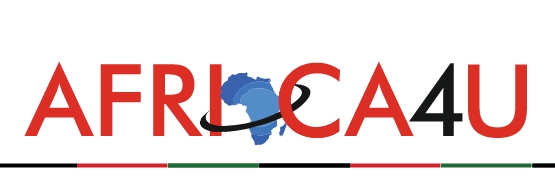(3 minutes read)
According to Ethiopian Electric Power, the Aluto Langano geothermal project has successfully conducted a production test, achieving a capacity of 25 MW
According to Ethiopian Electric Powe, the Aluto Langano geothermal project has successfully conducted a production test, achieving a capacity of 25 MW.
Out of the ten deep wells drilled for the project, six have been completed, and production testing has been carried out. The remaining four wells are expected to be finalized by December 2023.
To further enhance the project’s capabilities, an agreement with the World Bank has led to its extension until September 2024, with plans to drill an additional four wells. The World Bank has provided a $143.5 million loan to finance the project.
Read Also:
https://trendsnafrica.com/fast-track-negotiations-between-egypt-and-ethiopia-on-gerd-dispute/
https://trendsnafrica.com/ethiopia-and-china-hold-investment-promotion-meet-in-beijing/
The Aluto Langano geothermal project aims to generate a total of 70 MW of electricity, divided into two phases. The first phase is expected to generate 35 MW. In the second phase, the same quantum of electricity will be generated. will be followed by the commencement of the second phase. Importantly, so far, the plant has contributed to the creation of 110 permanent jobs and 40 temporary positions for Ethiopian citizens.
Established in 1998 as a pilot plant to test the geothermal resources in the area, covering an area of about 8km², various studies have indicated that up to 100MW electricity can be produced from the Aluto steam field. It is one of the high-temperature prospected areas in the country.
The Board of Directors of the African Development Bank Group has granted approval of US$ 104 million. This project, funded by the African Development Fund and Korea’s Economic Development Cooperation Fund, aims to benefit various communities, including small farmers, livestock farmers, manufacturers, and students.
The project entails the construction of 157 km of 400 KV double-circuit transmission lines and the establishment of associated substations at Harar, Jigjiga, and Fafem. It not only serves as a foundation for future power interconnection with Somalia but also contributes to the Horn of Africa Regional Initiative. This initiative aims to tackle issues of fragility and conflict, facilitate regional economic integration and trade, and foster development in the Horn of Africa region.
In March this year, Ethiopian Electric Utility (EEU) announced its plans to increase its customers to 7.5 million in 2030. The company is working to expand its supply coverage and provide electric supply across the entire country by 2030.
Ethiopia’s capacity to generate hydroelectric power has increased from 850 MW to 4300 MW during the past 10 years. It is expected that the country’s power generating capacity will reach 17 thousand MW once the Grand Ethiopian Renaissance Dam and other hydroelectric dam projects are completed.





